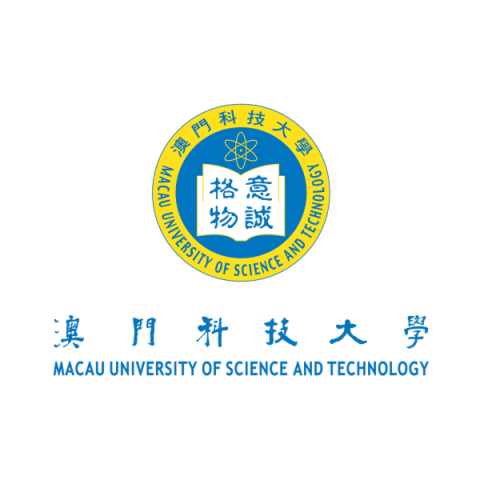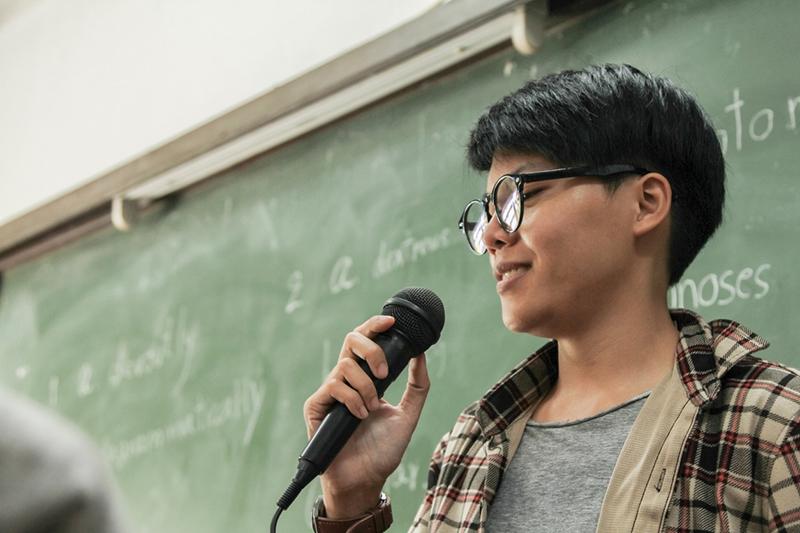
How to embed critical thinking from course design to assessment
Critical thinking transcends academic boundaries. In an era of global challenges and information overload, the ability to sift through data, question assumptions, generate innovative solutions and navigate the complexities of the 21st century with agility and discernment is paramount.
Educators must embrace and model critical thinking, crafting learning experiences that challenge students to question, analyse and reflect. Students, for their part, should embrace the challenge of critical engagement, recognising its value not just for academic success but as a lifelong skill. The wider community – including employers, policymakers and families – must also recognise and support the cultivation of critical thinking as essential for the well-being of society.
- Metacognition in education: how to get students thinking about their thinking
- ‘Well…what do you think?’ Responding to challenging questions in the moment
- View: Is critical thinking the answer to generative AI?
Today’s students are preparing for the workforce as well as for their roles as citizens in a complex, interconnected world. Critical thinking serves as the cornerstone of academic enquiry towards building a more just, creative and sustainable world.
Cultivating a culture of critical thinking
Creating a culture that values and nurtures critical thinking requires diligence, creativity and a willingness to adapt. This culture extends beyond the classroom, permeating every aspect of the educational experience, from the design of curricula to the ways in which institutions engage with their communities. It is about creating spaces where questions are encouraged, where failure is seen as a stepping stone to understanding, and where diversity of thought is celebrated.
Each of the strategies mentioned can be expanded into several prompts, focusing on implementation, challenges, case studies and assessments.
Encourage inquiry-based learning
Inquiry-based learning (IBL) is an active, student-centred educational approach where students develop questions, investigate deeply and construct their own understanding. As an assistant professor at Macau University of Science and Technology (MUST), I use these methods and tools to ensure a hands-on, minds-on approach to learning that is crucial for developing critical thinking and problem-solving skills.
- Use a theoretical framework: delve into the pedagogical theories and the work of education theorists like John Dewey, that underpin IBL, exploring key educational theorists and studies.
- Implement IBL across disciplines: for example, in a literature class, students might be asked to develop their own interpretations of a text, then research literary criticisms to compare and refine their perspectives. In a science setting, it can be applied through project-based lab work where students formulate hypotheses about ecological phenomena and design experiments to test their theories.
- Tools and resources: to successfully implement IBL, educators might use digital tools such as Socrative to collect and analyse student questions in real time. Platforms like Padlet provide collaborative spaces for students to brainstorm and share ideas.
Use problem-based learning
Problem-based learning (PBL) is also a student-centred approach that puts students in groups to solve an open-ended problem, and in turn motivates their learning, according to Cornell University’s Center for Teaching Innovation.
- Design PBL scenarios: to boost students’ investment in their learning, educators can choose a problem that aligns with students’ interests and career aspirations.
- Assess PBL outcomes: discuss methods for assessing the outcomes of PBL, including rubrics and self-assessment tools. Setting incremental deadlines and checkpoints helps keep students focused and on track, and helps the teacher manage the scope of the project.
Incorporate case studies
Working on case studies in my management courses at MUST enables students to apply theoretical knowledge in their analysis of real-world business scenarios.
- Source and create case studies: for instance, dissecting a company that is facing a market downturn provokes critical questions such as how to pivot strategies and manage resources effectively, compelling students to think like decision-makers. Consider using contemporary cases from business journals to ensure students deal with up-to-date content.
- Explore discussion techniques: the think-pair-share technique prompts students to first consider the case individually, then discuss their thoughts in pairs, and finally share their insights with the class. This ensures that everyone is actively engaged and benefits from collective intelligence.
- Use cross-disciplinary applications: Highlight how case studies can be used across different subjects.
Promote reflective practice
Gibbs’ reflective cycle and Schön’s reflection-in-action are just two models that teachers can use to encourage their students’ reflective practice. Others include digital journals and blogs where students document and share their reflective processes. These platforms serve as a dynamic archive of their growth and an avenue to develop a professional online presence. In giving feedback on reflections, specific and actionable comments can guide improvement. For example, rather than simply praising a good entry, I would suggest ways to connect theoretical concepts with personal experiences more deeply.
Develop assessment methods that encourage critical thinking
Assessment forms such as peer assessments, portfolios and open-book exams have a role in supporting critical thinking. Portfolios allow students to continuously collect and curate their work, which prompts ongoing self-reflection and improvement in understanding management concepts.
Be sure to set clear criteria for evaluation when using peer assessment to avoid subjective judgements and encourage constructive feedback. Discuss the importance of feedback loops in the assessment process to enhance critical thinking.
Be thoughtful about how you integrate technology
- Review specific educational technologies designed to enhance critical thinking. Select applications that stimulate analysis and strategic decision-making. For instance, using interactive simulations such as The Business Strategy Game enables students to apply management theories in a risk-free environment.
- Discuss the role of digital literacy in critical thinking and consider how to foster it among students. Teach students how to discern credible sources online, which is a vital skill for any manager in the age of information overload.
- Balance technology and tradition. Case studies in management, for example, can be enriched with data analytics tools for more profound insights, yet the mistake many make is allowing these tools to overshadow the fundamental skills of critical thinking and qualitative analysis.
Model critical thinking
- Educators can think about how they can improve their own critical thinking skills, whether through peer observation, reading the latest research or as part of professional development. Teachers sharing their thought processes with students can also be seen as a teaching tool.
- Highlight the ethical dimension of critical thinking in discussion, analysis and decision-making.
- Ask questions that stimulate students’ deeper thinking and exploration. Ensure that the classroom is a safe space where students feel comfortable asking challenging questions and can follow their curiosity and wonder, which underpins the questioning mindset.
In sum, critical thinking touches on the essence of what it means to be an informed, engaged and responsible member of society. By committing to the strategies outlined and embracing the collective responsibility for nurturing critical thinkers, educational institutions can play a pivotal role in helping students face challenges with resilience, creativity and commitment to ethical principles.
M. C. Zhang is an assistant professor at the School of Liberal Arts at Macau University of Science and Technology.
If you would like advice and insight from academics and university staff delivered direct to your inbox each week, sign up for the Campus newsletter.
Additional Links
For more advice and insight on this topic, see our spotlight guide on critical thinking in teaching and research.




